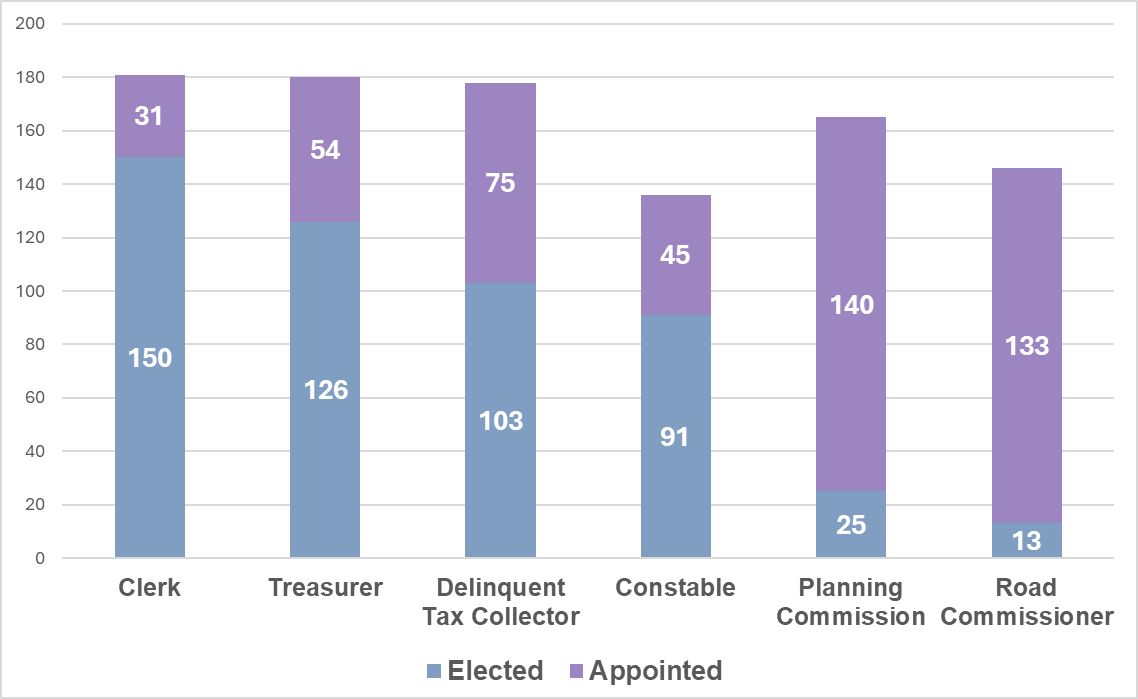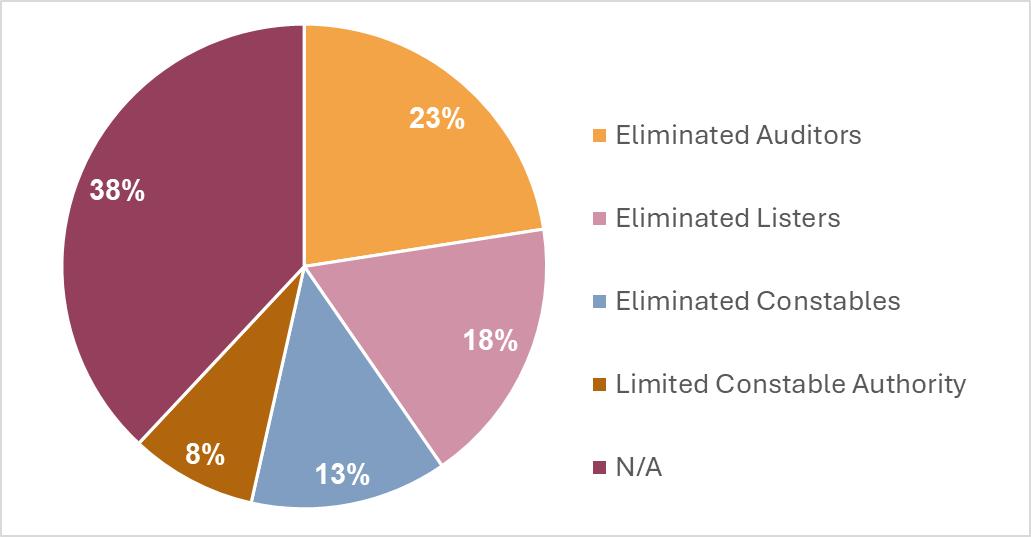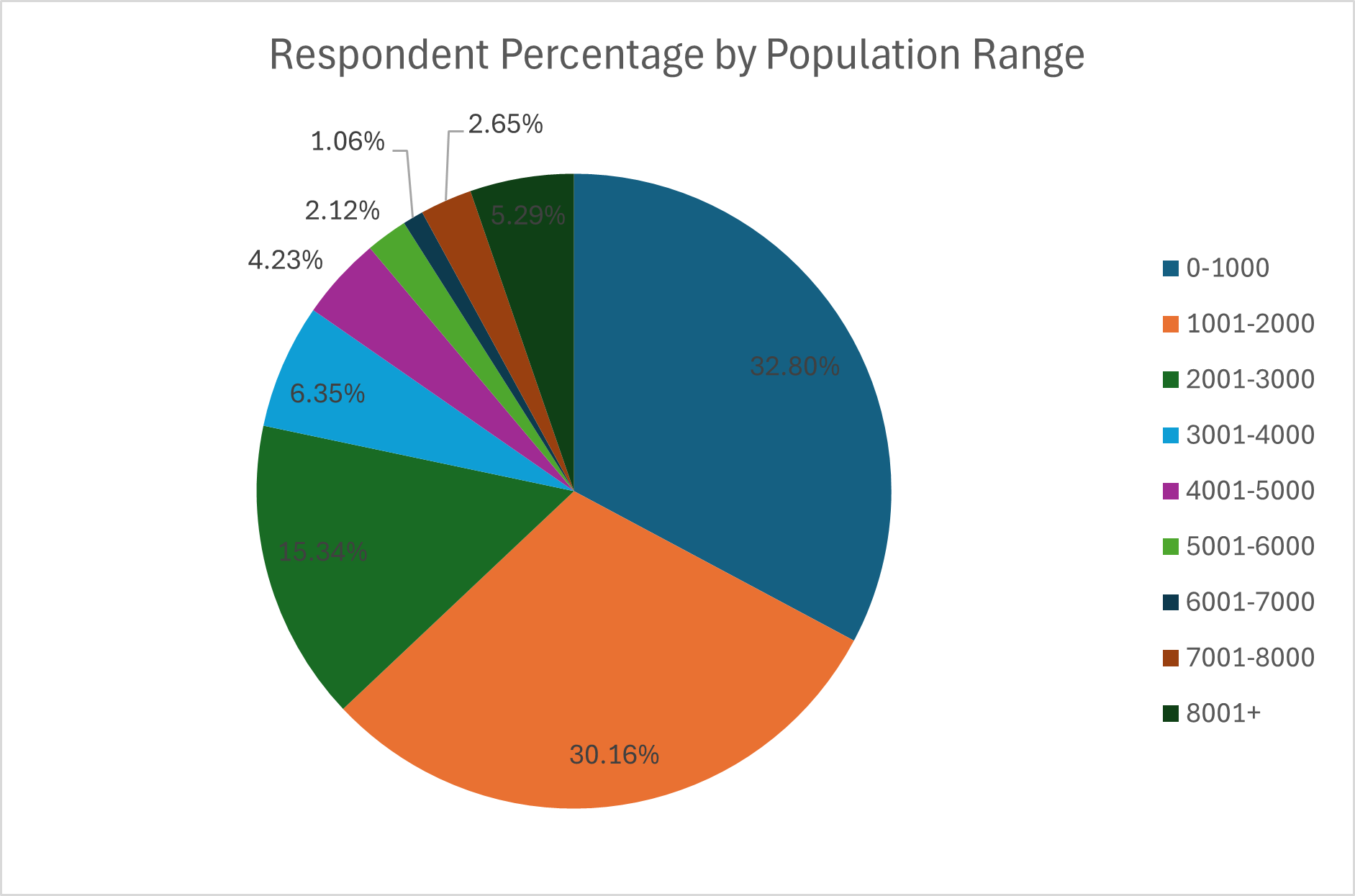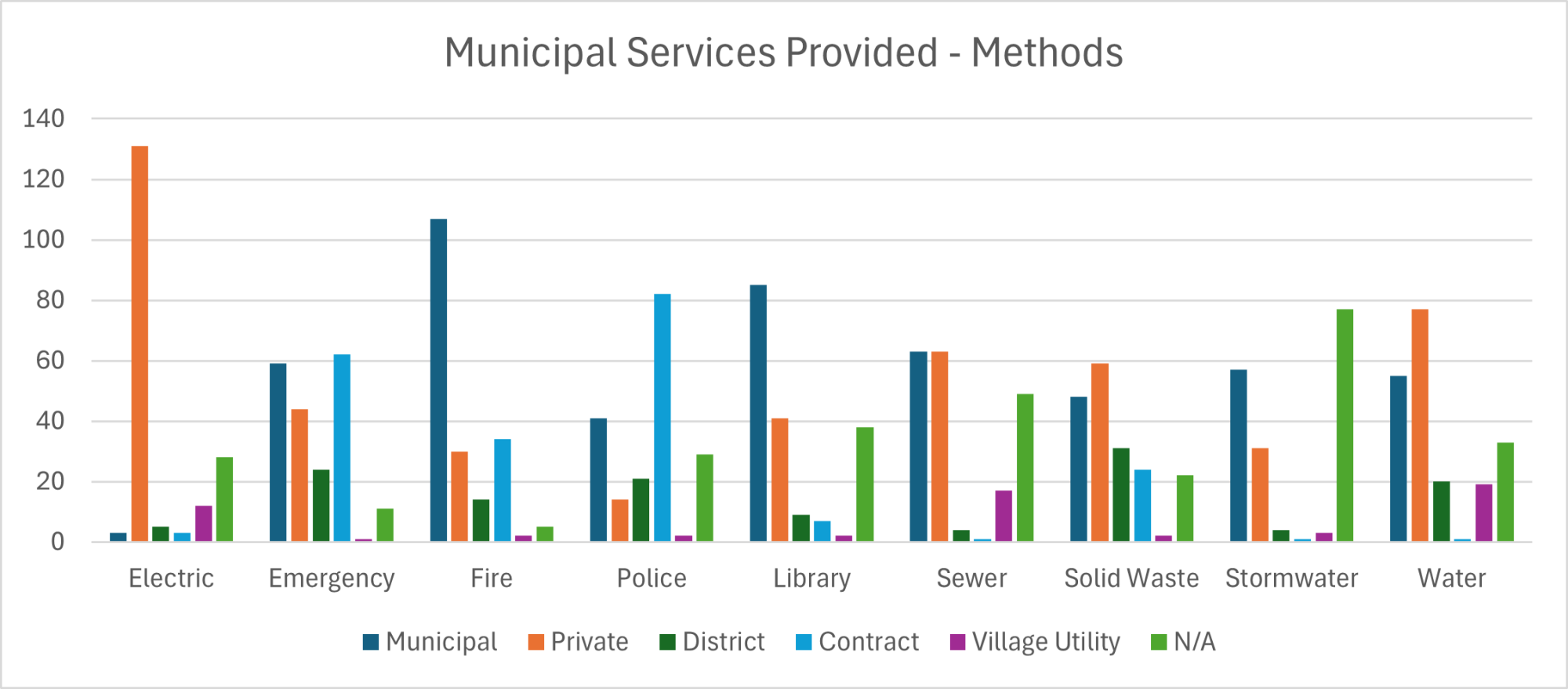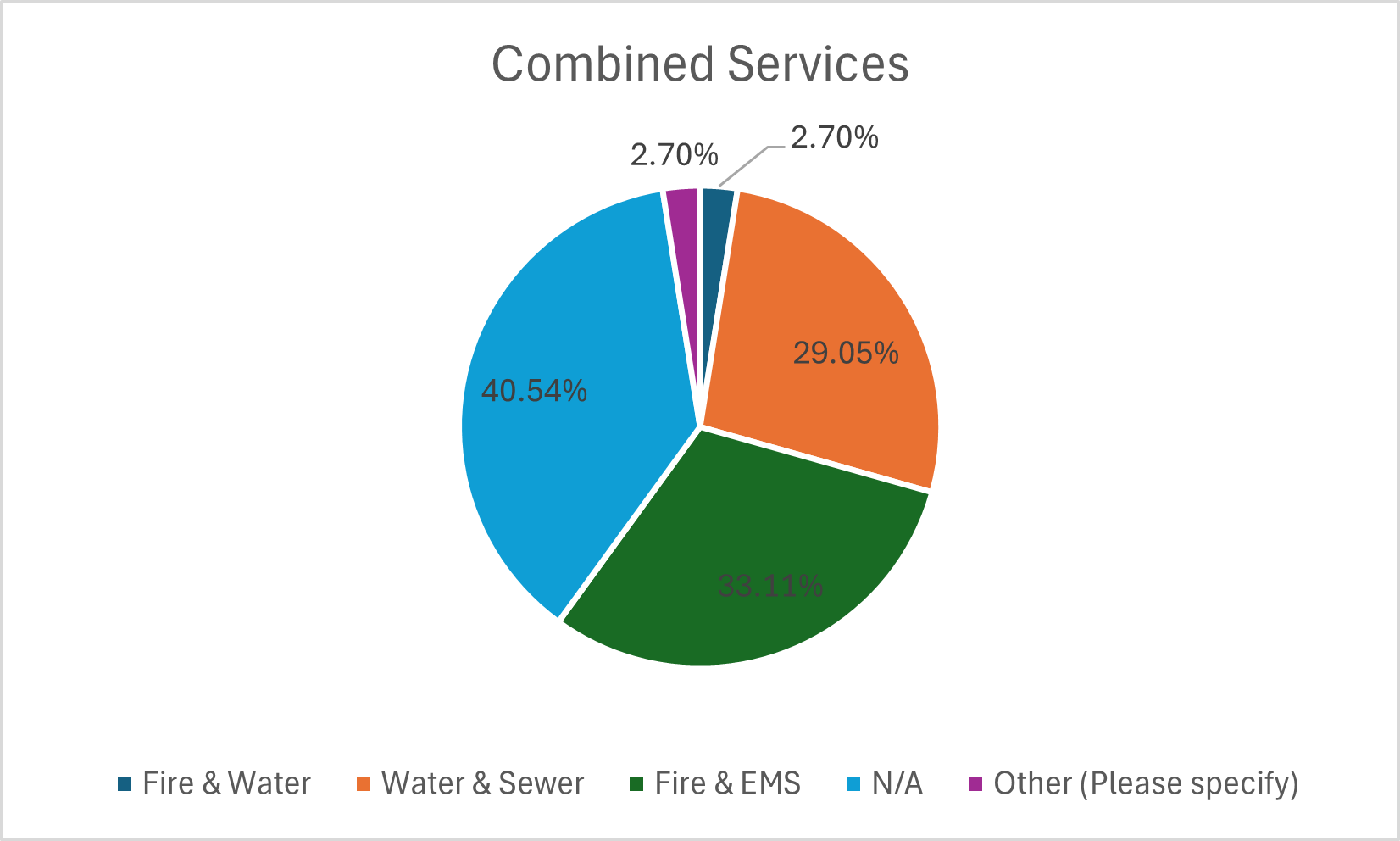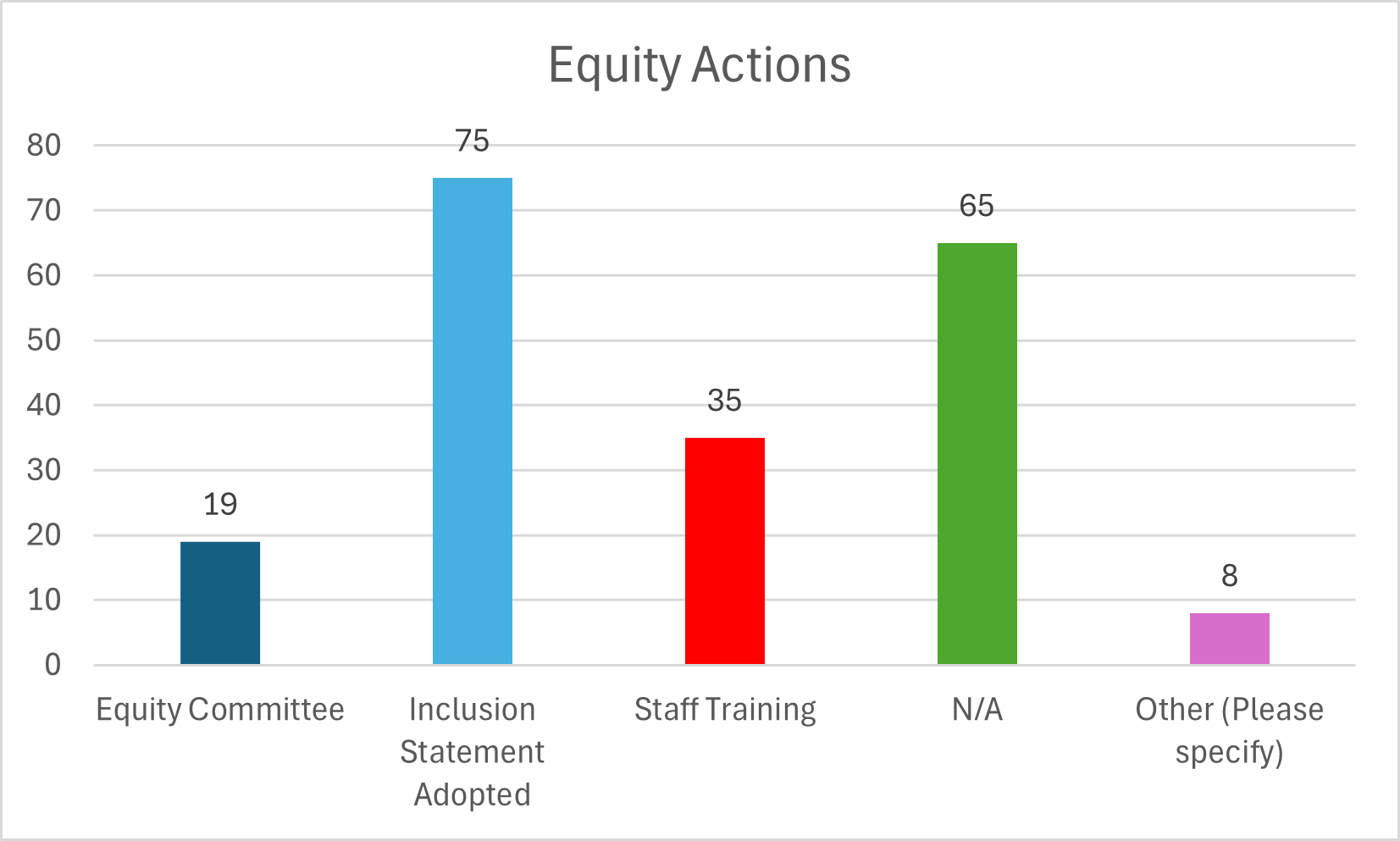Vt Supreme Court Allows Human Rights Commission’s Case Against St. Johnsbury to Proceed
The Vermont Supreme Court (Court) recently reversed the Civil Division of the Washington County Superior Court’s (Civil Division) dismissal of the Human Rights Commission’s discrimination case against the Town of St. Johnsbury, returning it to the Civil Division for further proceedings.
The Vermont Human Rights Commission (VHRC) is an independent state agency that enforces the state’s anti-discrimination/civil rights laws in matters of housing, state government employment, and public accommodations. In March 2023, the VHRC sued the Town of St. Johnsbury on behalf of Nicole Stone, a person with disabilities, alleging that it violated the Vermont Fair Housing and Public Accommodations Act (VFHPAA) when its Development Review Board (DRB) denied Stone’s request for a variance for a wheelchair-accessible, outdoor wooden structure next to the house where she lived. Specifically, the VHRC alleged that the Town violated 9 V.S.A. § 4503(a)(10) by refusing to grant “reasonable accommodations in rules, policies, practices, or services when such accommodations may be necessary to afford a person with a disability equal opportunity to use and enjoy a dwelling unit.”
In response, the Town filed a motion to dismiss, arguing that only the Environmental Division, not the Civil Division, could hear an appeal of the denial for a zoning permit, such as a variance. Although the Civil Division disagreed with the Town on this point – holding instead that it had the exclusive authority (i.e., jurisdiction) to hear VFHPAA allegations because the VHRC’s housing discrimination claim originated from the denial of a variance permit request – the Civil Division was time barred from hearing it. State law promotes finality in zoning by binding interested persons (i.e., those with standing to appeal) to decisions of local land use boards if the person fails to appeal within 30 days of the decision. “Upon the failure of any interested person to appeal ... to the Environmental Division ... all interested persons affected shall be bound by that decision ... and shall not thereafter contest, either directly or indirectly, the decision.” 24 V.S.A. § 4472(d). VHRC’s fair housing claim against St. Johnsbury, the Civil Division held, amounted to an indirect attack on its denial of Stone’s variance request, and therefore it was denied.
The Vermont Supreme Court overruled the Civil Division on appeal, holding that, due to the remedial nature of the VFHPAA which the legislature intended to be liberally construed, the VHRC isn’t time barred by 24 V.S.A. § 4472 to bring fair housing enforcement actions. Interestingly, it did not overturn the decision of St. Johnsbury’s DRB, recognizing that granting at least some of the relief sought by VHRC did not necessarily require disturbing the DRB’s denial. “We stress that our decision on this question does not disturb our prior cases recognizing the finality of DRB decisions under 24 V.S.A. § 4472. We hold merely that § 4472 does not bar the Commission from seeking remedies for discrimination in the Civil Division that do not require reopening a final zoning permit decision.”
What seems to be lost in reporting of this decision is that the Court did not find that the Town of St. Johnsbury had violated the VFHPAA in any way. All it decided was that the VHRC was not timed barred by 24 V.S.A. § 4472 from trying to prove that claim in the Civil Division of Superior Court, where the case now returns.
The Vermont Human Rights Commission v. Town of St. Johnsbury case is archived at https://www.vermontjudiciary.org/sites/default/files/documents/op23-394.pdf
